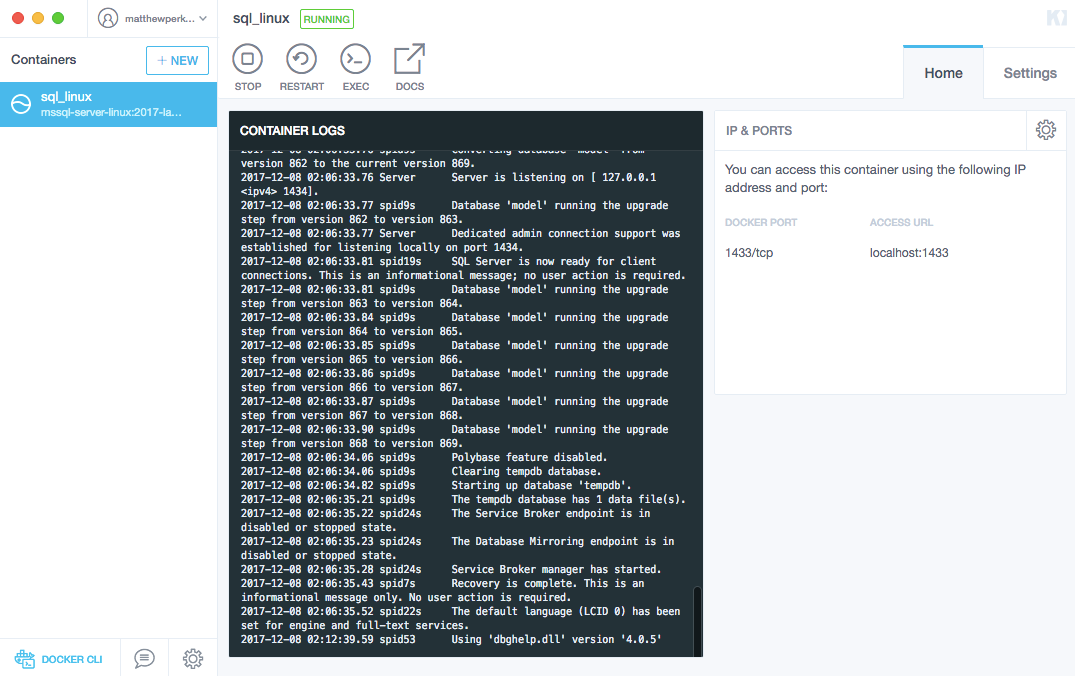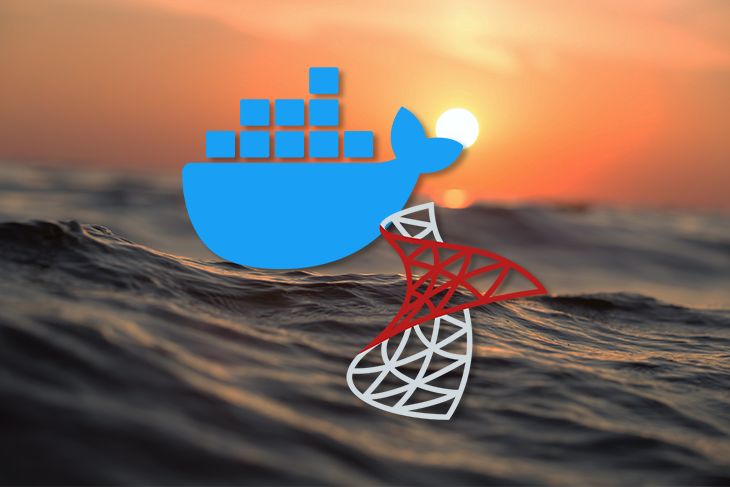

- #Run docker on mac like server how to#
- #Run docker on mac like server install#
- #Run docker on mac like server code#
- #Run docker on mac like server professional#
Pull pre-built images from a Docker registryįor example, you can pull an image that runs a Django server container to test how your application will interact with your production environment.įor example, you can build an image that runs a container with some specific version of Python to execute your application inside it.įor example, if you want to demonstrate to someone how your application runs in some specific version of the JRE instead of setting up the proper environment, they can run a container from your image. Depending on your development needs, you can use Docker for the following: Managing imagesĭocker images are executable packages for running containers. As with other tool windows, you can start typing the name of an image or container to highlight the matching items. In the Services tool window ( View | Tool Windows | Services or Alt+8), you can pull and push images, create and run containers, manage Docker Compose services, and so on. To edit the Docker connection settings, select the Docker node and click on the toolbar, or select Edit Configuration from the context menu. Select the Docker node and click, or select Connect from the context menu. The configured Docker connection should appear in the Services tool window ( View | Tool Windows | Services or Alt+8). This table is not available on Linux, because when running Docker on Linux, any folder is available for volume binding. Only specified folders will be available for volume binding. The Path mappings table is used to map local folders to corresponding directories in the Docker virtual machine's file system. The Connection successful message should appear at the bottom of the dialog. For more information, see Docker configuration settings.

The connection settings depend on your Docker version and operating system.

#Run docker on mac like server how to#
Press Ctrl+Alt+S to open the IDE settings and select Build, Execution, Deployment | Docker.Ĭlick to add a Docker configuration and specify how to connect to the Docker daemon. If you are using Docker for Windows, enable connection to Docker via the TCP protocol: Right-click the Docker icon on the Notification bar, select Settings from the context menu, and then select the Expose daemon on tcp://localhost:2375 without TLS checkbox in the General section of your system Docker settings.Ĭonfigure the Docker daemon connection settings:

Once you have successfully configured Docker, you can go offline. P圜harm supports alternative Docker daemons: Colima and Rancher Desktop (with the dockerd engine).Įnsure that you have a stable Internet connection, so that P圜harm can download and run busybox:latest. Enable Docker supportįor more information, see the Docker documentation. See Configure an interpreter using Docker for more details about how to configure a Python interpreter using Docker.
#Run docker on mac like server code#
You can run and debug your Python code in the variously configured environments deployed in Docker containers.
#Run docker on mac like server install#
For P圜harm Community Edition, you need to install the Docker plugin as described in Install plugins.
#Run docker on mac like server professional#
The plugin is bundled and enabled by default in P圜harm Professional Edition. P圜harm provides Docker support using the Docker plugin. Docker enables developers to deploy applications inside containers for testing code in an environment identical to production.


 0 kommentar(er)
0 kommentar(er)
